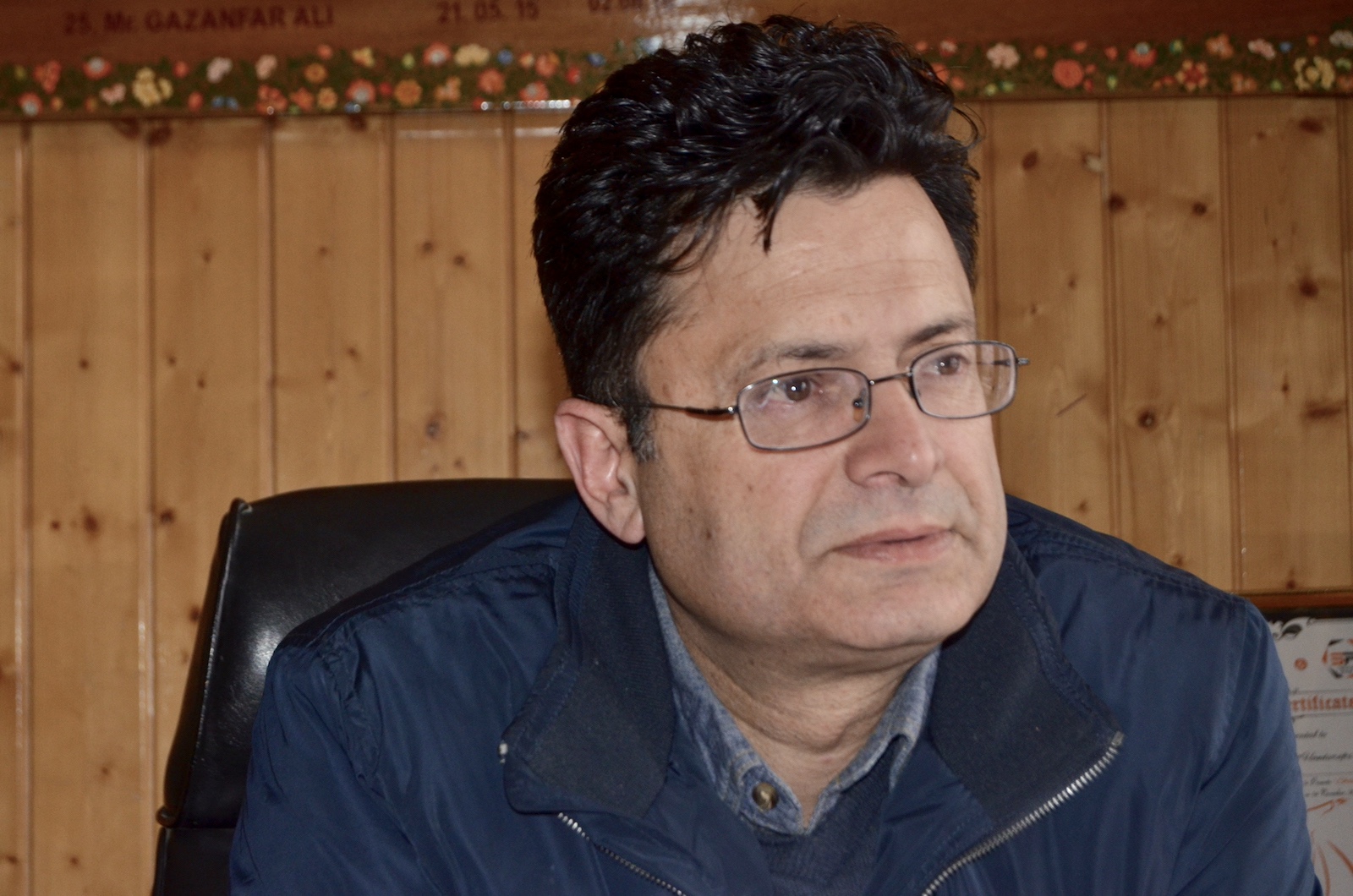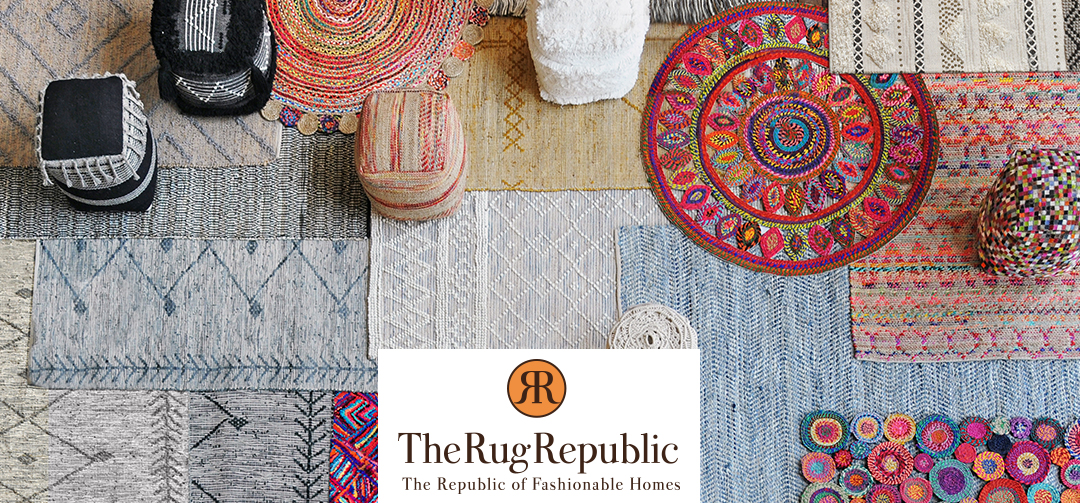An antiquated symbolic code inspires the intricate patterns in Kashmir’s traditional handwoven carpets and rugs. The talim code has been used for hundreds of years to guide weavers and design carpets.
Following his father’s footsteps, Mohammad Rafiq Sofi began weaving carpets with talim motifs at age eight. Mr. Sofi, currently 57, states that it took her more than five years to learn to knit perfectly.” In his fifty years in the business, a lot has changed. According to Mr. Sofi, a carpet takes over six months to complete.
A designer draws out a carpet to begin the process. After that, a talim expert would encrypt the design and send little portions to be knitted. The code components would be translated for Mr. Sofi and other weavers, indicating the proper location to knot each thread and the color to use.

Since each segment would only cover a small portion of the carpet, hundreds of weavers and designers would need to collaborate to complete the project. Errors become challenging to identify and time-consuming to fix due to the strategy. However, modern computer software has expedited the procedure, enabling Mr. Sofi to complete a carpet in six weeks.
The talim code is now designed and created by computer software, but the weaving and knotting are still done by hand. It allows Mr. Sofi to view the entire design simultaneously rather than select portions.
Errors that take a long time can be reduced by predicting possible issues.

Director of Handloom & Handicrafts for the government of Jammu and Kashmir, Mehmood Shah, stated that the innovation in handmade carpets is to maintain the spirit of artistic rug. Its purpose is to speed up the process – designs being available now at speed.”
Technology companies integrating artificial intelligence into the process are the sources of the most recent innovation.
Aby Mathew is the chief operating officer of International Virtual Assistance, a data analysis-focused computer software company. His organization uses images of carpets and talim code lines to teach an artificial intelligence (AI) system how to decode the code.
Mr. Mathew claims that by decoding the talim instructions for the weavers, the AI should speed up manufacturing, even if it is still in the early stages of development and will still require human coders.
“Weavers will be able to try out new patterns, update traditional articles to suit modern tastes, and produce one-of-a-kind, custom carpets,” says Mathew.
He predicts that as India’s economy expands, the traditional carpet business will struggle and need help to keep up with the growing demand. Customers’ preferences are changing, and they are increasingly looking for stylish, durable, and low-maintenance carpets. Mr. Mathew states that the labor-intensive and slow nature of traditional carpet-making techniques may prevent them from meeting these demands.
Rug Republic was established thirty-two years ago by Aditya Gupta. It employs about 5,000 people and produces up to 15,000 rugs monthly. He declares that China and Turkey are proactive candidates to compete in the Indian rug and carpet market. Hence, the sector must stay abreast of advancements in manufacturing methods.
He states, “Innovation is essential in every industry – without it, we die.” An interesting example of a business incorporating new and old technologies is the carpet industry in India. These days, innovation is focused on employing conventional methods to create designs that are impossible for robots to replicate.

Rug Republic has implemented innovative technology to detect moisture levels and to design, wash, and dry carpets. Experiments have been done with traditional wool and materials such as recycled denim, cotton, and leather.
Mr. Gupta still believes in the traditional approaches despite all the innovations. He said that the manufacturing side of items always needs to be conventional and handmade, as that is the main charm the customers desire.
An official identification system that characterizes authentic hand-knotted Kashmiri carpets has benefited the industry. Customers can use a QR code to ensure the carpet designer and manufacturing method.
Carpet designer Shahnawaz Ahmad states, “Maybe this trade in handwoven carpets would have starved in a few years if the [Handicrafts] department hadn’t taken this action.”
Given the industry’s value to the local economy, that would have been a knock. It employs over 50,000 people in Jammu and Kashmir, creating rugs and carpets valued at approximately £36 million ($28 million) annually.
For elderly weavers like Feroz Ahmad Bhat, who has been weaving carpets for thirty years, the advancements in the industry have brought hope. He said we made good money when I began working here, and many people were interested. Then, there was a period of insufficient salaries. However, as fresh designs were revealed, the swiftness of this effort resumed. It is now thriving once more.




